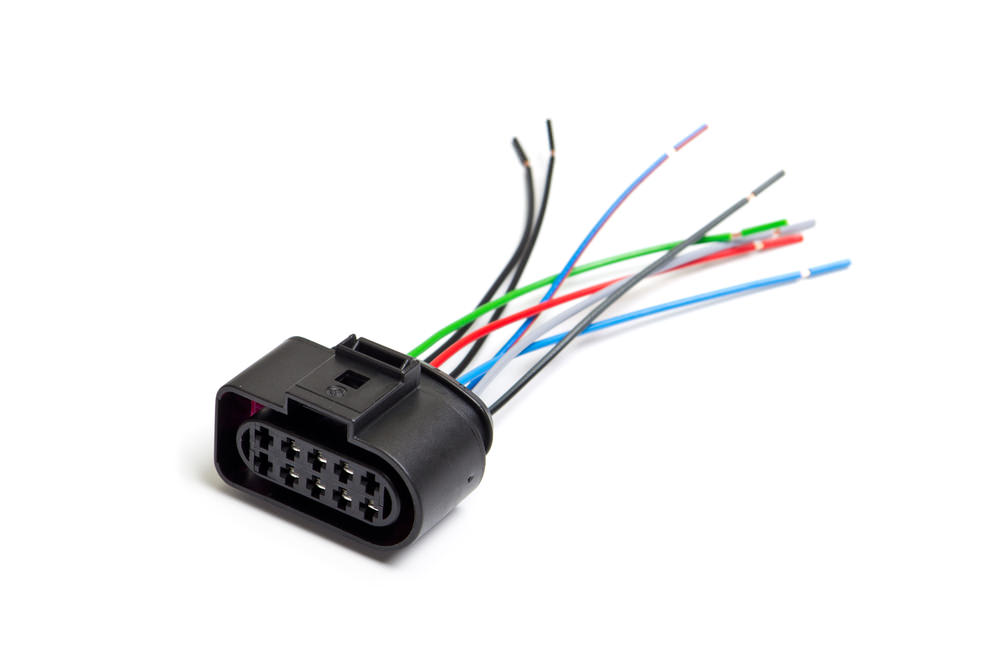

Modern automotive electrical systems are incredibly complex, and contain miles of wiring, transistors, resistors, solenoids, switches, and more. However, to simplify the connections from one component to another the use of wiring harness is the common solution. Also referred to as a cable harness, a wiring harness is much more than just a bunch of wires put together that connect in the same area. A harness is customized for each application, location, and system it connects. The wiring harness is protected to withstand the heat and elements to which they are exposed during normal driving.
What does a wiring harness do?
The engine wiring harness for example, connects to various components that need electricity to function, such as the starter, battery, and alternator. The harness starts at the engine and connects to the fuse box. The wires branch off to their various components here, then they return back to the engine. A wiring harness simplifies the electrical system but also reduces the potential of serious electrical problems that plagued car owners in the past. However they are not without their flaws or potential for damage.
Wiring harnesses are typically assembled with high-temperature grade materials, due to the exposure to excessive heat inside the engine compartment. However, they must also be resistant to cold and exposure to outside elements; especially harnesses attached underneath the vehicle. In most cases, the harness has two solid connectors on each side that attach a series of electrical systems to a sub-module. From this electrical module or a relay, individual wiring harnesses are attached to individual components.
There are also wiring harnesses for sensors and solenoids that monitor and control major systems such as the fuel, ignition, and transmission. These harnesses relay data from the sensor to the ECU, so that adjustments can be made on the fly. In fact, most ECU connectivity problems that trigger Warning or Check Engine Lights are caused not by a sensor failure, but a wiring harness failure.
One of the primary benefits of arranging the system in a wiring harness is that the wires last longer than if they ran individually. They hold up better to vibrations and even moisture. This design proves the old adage, “there’s safety in numbers.” While individual wires may become frayed and damaged, the harness is stronger and more durable. The likelihood that you’ll have to replace the entire harness is low. If you have a problem, you may end up replacing a portion of the wiring to an individual part. However, it's not unusual for a wiring harness to last the entire lifetime of the vehicle it's installed in.
It's a good idea to have a professional technician from YourMechanic come to your location to inspect your car anytime you have a Check Engine Light or Warning Light. In many cases, it's a component or sensor failure, but can be caused by electrical wiring harness failure as well.



